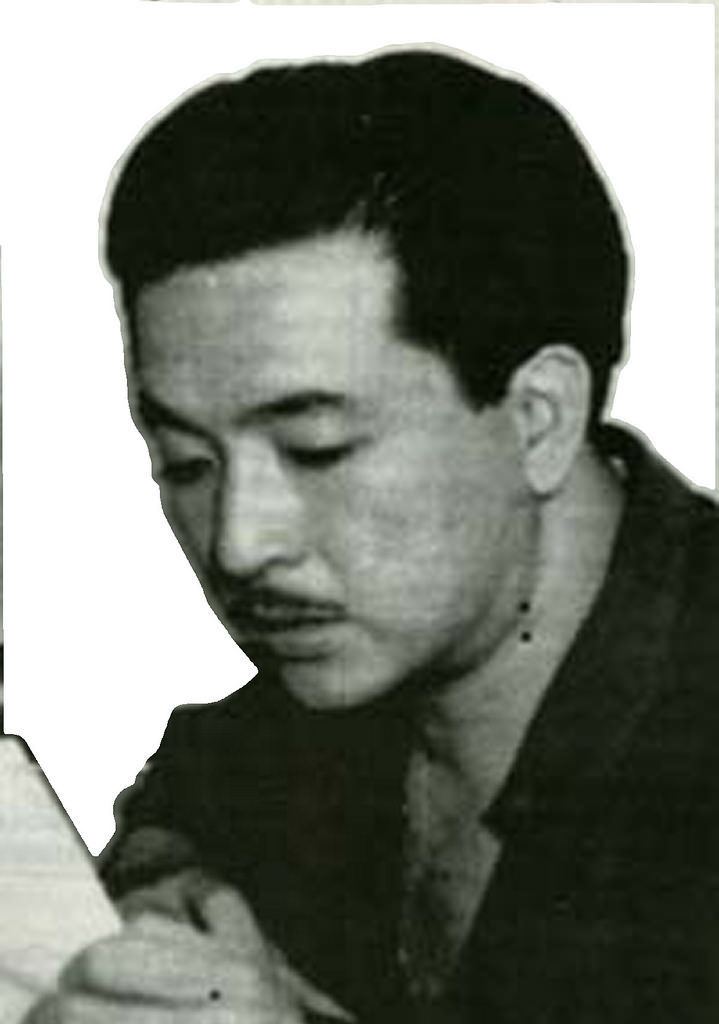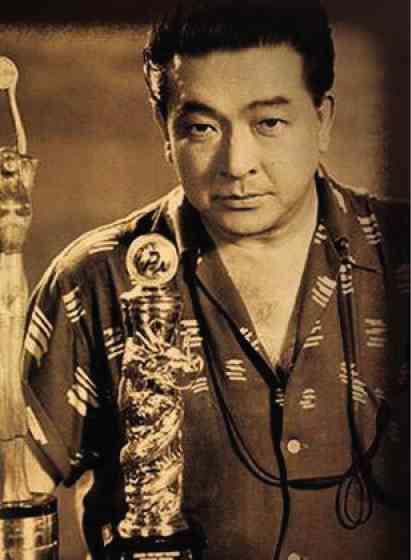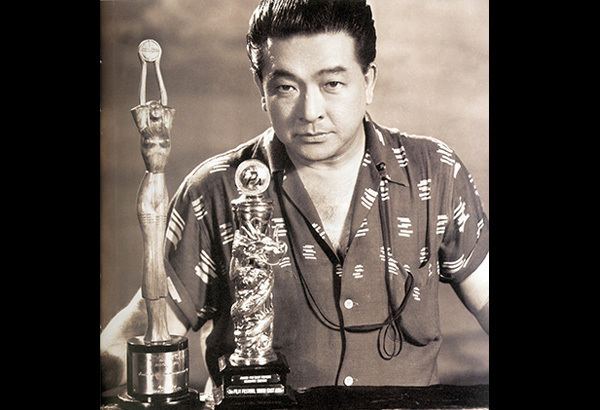Children Jose Mari Avellana | Name Lamberto Avellana Years active 1939 – 1958 | |
 | ||
Spouse Daisy Avellana (m. ?–1991) Movies Child of Sorrow, Fe - Esperanza - Caridad, No Man Is an Island, Huk in a New Life, BADJAO Similar People Gerardo de Leon, Jose Padilla - Jr, Francisco Coching, Lou Salvador - Jr, Leopoldo Salcedo | ||
Lamberto Vera Avellana (February 12, 1915 – April 25, 1991) was a prominent Filipino film and stage director. Despite considerable budgetary limitations that hampered the post-war Filipino film industry, Avellana's films such as Anak Dalita and Badjao attained international acclaim. In 1976, Avellana was named by President Ferdinand Marcos as the very first National Artist of the Philippines for Film. While Avellana remains an important figure in Filipino cinema, his reputation as a film director has since been eclipsed by the next wave of Filipino film directors who emerged in the 1970s, such as Lino Brocka and Ishmael Bernal.
Contents

TODAY IN HISTORY - FEBRUARY 12, 1915 | Birth of Lamberto Avellana
Life
Born in Bontoc, Mountain Province, Avellana was educated at the Ateneo de Manila AB '37, where he developed what turned out to be a lifelong interest in the theater. He taught at the Ateneo after graduation and married his teen-age sweetheart Daisy Hontiveros, an actress who eventually also became a National Artist in 1999.
Film career

Avellana made his film debut with Sakay in 1939, a biopic on the early 20th century Filipino revolutionary Macario Sakay. The film was an immediate sensation, particularly distinguished for its realism which was a typical of Filipino cinema at the time. The treatment is the subject of some controversy today. Avellana's Sakay toed the line with the American-fostered perception of Sakay as a mere bandit, different from the current-day appreciation of Sakay as a fighter for Filipino independence. Raymond Red's 1993 film, Sakay hews closer to this modern view of Sakay. Interestingly, Leopoldo Salcedo, who played Sakay in the 1939 Avellana version, portrayed Sakay's father in the 1993 version in his final film role.

Avellana directed more than 70 films in a career that spanned six decades. Anak Dalita (1956) and Badjao (1957) perhaps stand as the most prominent works from his oeuvre. Anak Dalita, which was named Best Film at the 1956 Asia-Pacific Film Festival, was a realistic portrayal of poverty-stricken Filipinos coping with the aftermath of World War II. Badjao was a love-story among the sea-dwelling Badjaos, an indigenous Filipino people hailing from Mindanao. Rolf Bayer was the screenwriter for both films.

